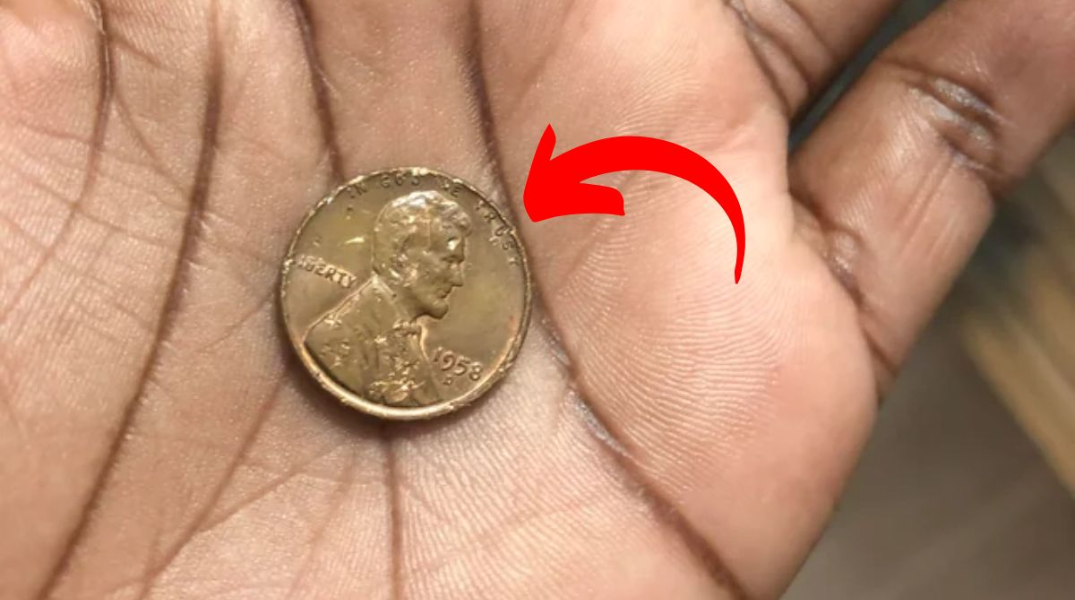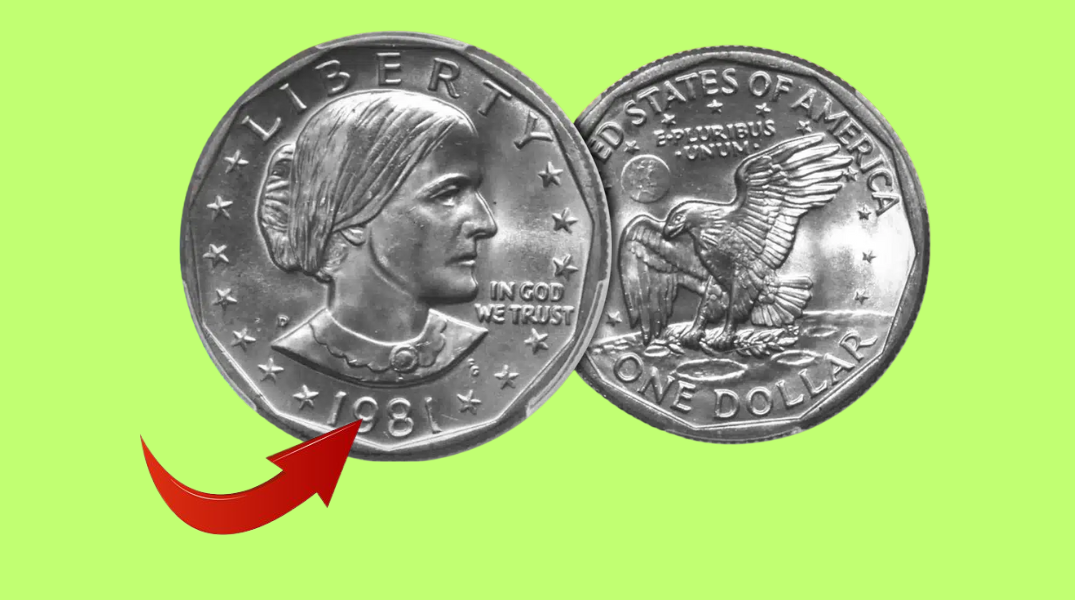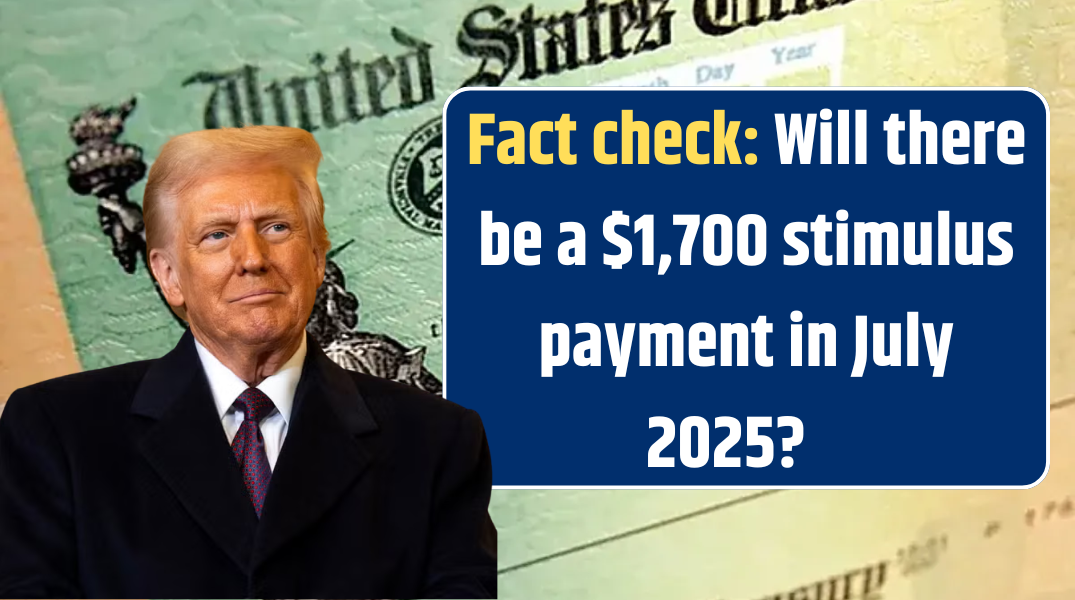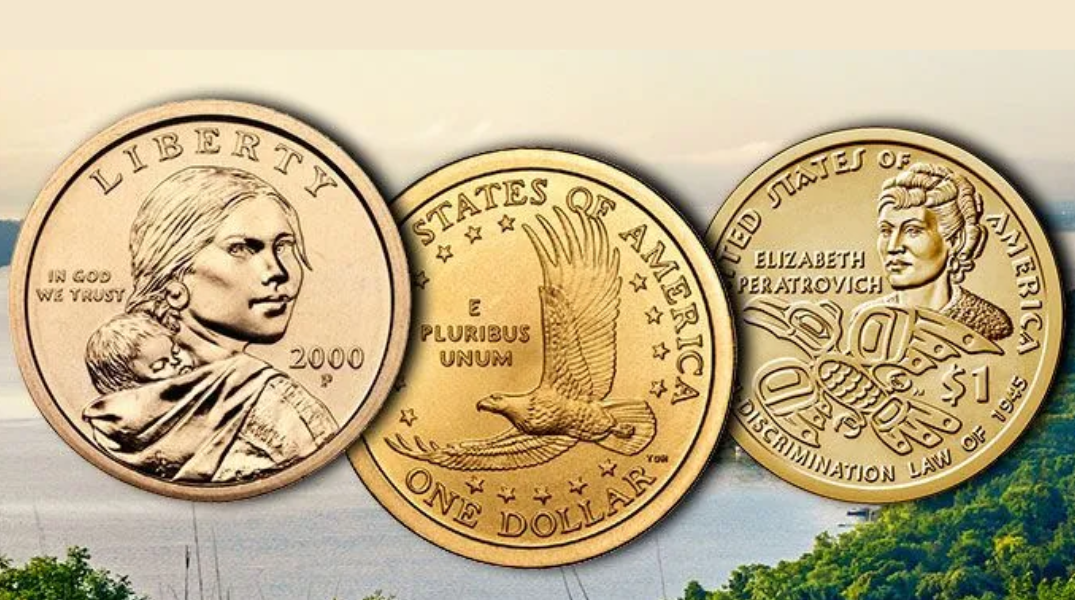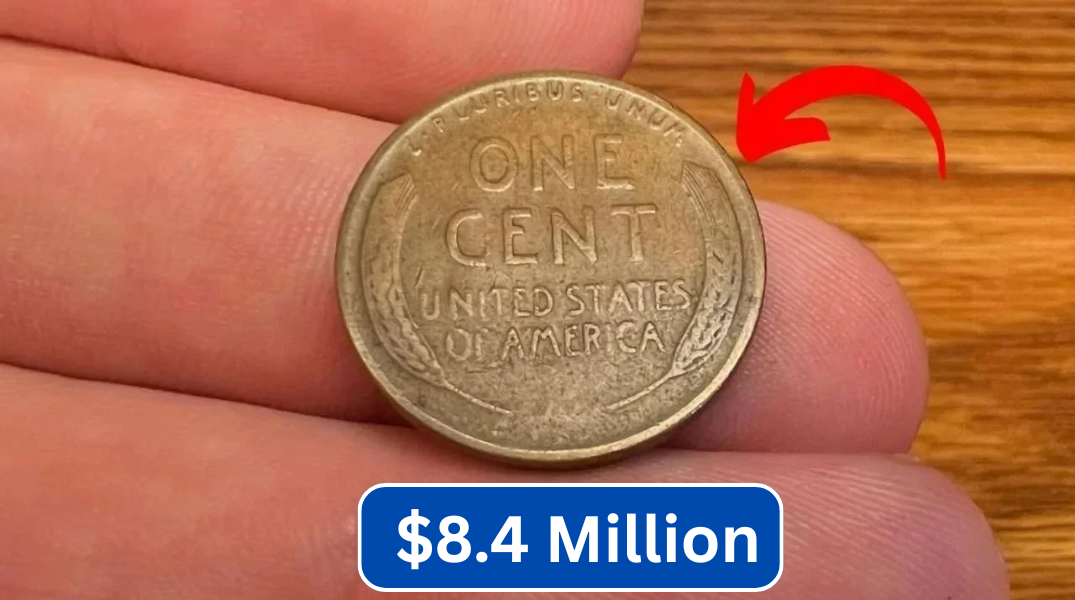The Lincoln Wheat Penny Valued at $5,200,000 – In an age where most of us swipe cards or tap phones to pay for coffee, it’s easy to overlook the value of loose change. But among the forgotten coins collecting dust in desk drawers or resting quietly at the bottom of a purse, one incredibly rare Lincoln Wheat Penny—worth an estimated $5.2 million—might still be out there.
Yes, you read that correctly. One cent, still legally valid as currency, could be worth more than a Bugatti or a Beverly Hills mansion down payment. The story of this ultra-rare penny is not just about money—it’s a fascinating tale of history, mistakes, mystery, and the hope that one lucky person might stumble across it.
A Quick History of the Lincoln Wheat Penny
Introduced in 1909, the Lincoln Wheat Penny (or Wheat Cent) marked a major shift in U.S. coin design. For the first time, a real person—President Abraham Lincoln—was featured on American currency. The reverse side carried two stylized wheat stalks, symbolizing prosperity and unity.
The design lasted until 1958, when it was replaced by the Lincoln Memorial motif. Over nearly 50 years, billions of wheat pennies were minted. Most are worth just a few cents to a few dollars today—but a handful of errors and oddities skyrocketed a select few to million-dollar status.
Why Is One Worth $5.2 Million?
The specific Lincoln Wheat Penny in question, valued at an astonishing $5.2 million, is believed to be a rare 1943 copper version, although it could also be a variant from a similar rare mintage year.
The 1943 Error That Changed Everything
In 1943, due to the demands of World War II, the U.S. Mint stopped using copper for pennies and switched to zinc-coated steel to conserve copper for ammunition production. However, a few bronze planchets—leftovers from 1942—were mistakenly fed into the coin presses.
These bronze pennies should not exist from 1943, but a tiny number do. Only about 15 to 20 authenticated specimens have ever been found. Their rarity, coupled with their unusual origin and the mystique of their “impossible” creation, makes them a collector’s dream.
A nearly flawless version of this coin, known for its sharp detail, rich coloration, and uncirculated condition, is what experts believe has fetched or could fetch upwards of $5.2 million in today’s numismatic market.
Also Read – The Lincoln Wheat Penny Valued at $7,700,000, Still in Circulation
Could It Still Be Out There?
Unlike artwork or precious jewels, coins are durable and easy to overlook. Over the decades, these rare pennies may have changed hands thousands of times—spent unknowingly at convenience stores or left behind in coin jars.
There are documented cases of people discovering rare coins in everyday transactions. One 1943 bronze penny was once found by a 16-year-old in his school lunch change. It later sold for hundreds of thousands of dollars.
That’s what makes this story so compelling. This isn’t just a museum piece locked away from the public. It could be sitting in your pocket, piggy bank, or old coin collection right now.
How to Spot a $5.2 Million Penny
Before you dump your change into the Coinstar machine, here are a few tips to help identify a potentially priceless penny:
-
Check the Date: Look for 1943. Most 1943 pennies are steel and look silvery, not copper-colored.
-
Test with a Magnet: Steel is magnetic, copper is not. If your 1943 penny is not attracted to a magnet, it could be bronze—and very valuable.
-
Examine the Weight: A genuine 1943 steel penny weighs about 2.7 grams, while a bronze version weighs around 3.1 grams. You’ll need a precise scale to measure accurately.
-
Condition Matters: A well-preserved penny with minimal wear is far more valuable than a worn-down one.
-
Authenticate It: If you suspect you’ve struck gold (or rather, copper), don’t clean the coin. Contact a professional coin grading service such as PCGS or NGC to get an expert evaluation.
Other Rare Lincoln Wheat Pennies to Watch For
The $5.2 million penny may be the crown jewel, but several other Lincoln Wheat Cents are also worth big money:
-
1909-S VDB: The first year of the Lincoln Cent and extremely rare. Value: $700 to $10,000+
-
1914-D: Scarce due to low mintage in Denver. Value: $300 to $6,000+
-
1922 “No D”: A Denver mint coin with no mintmark. Value: $500 to $12,000+
-
1955 Doubled Die: Features obvious doubling of the date and lettering. Value: $1,000 to $15,000+
Even pennies from common years can gain value if they’re in “uncirculated” or “mint state” condition, especially if found in old rolls or bags.
Also Read – The Lincoln Wheat Penny Valued at $7,300,000, Still in Circulation
Why Coin Collecting Still Matters
In today’s fast-paced, cashless society, coin collecting might seem outdated. But it’s thriving. The global numismatic market is valued at over $10 billion, and rare coins consistently outperform traditional investments in terms of value growth.
Beyond the money, coin collecting offers a connection to history, culture, and even mystery. Every coin has a story, from the political circumstances of its minting to the hands it’s passed through over the years.
And when there’s a chance that one small coin could be worth $5.2 million? That story gets a lot more exciting.
Frequently Asked Questions (FAQs)
Q1: What is the Lincoln Wheat Penny that’s worth $5.2 million?
A: It’s believed to be a 1943 Bronze Lincoln Wheat Penny, an ultra-rare coin mistakenly minted in copper instead of steel during World War II.
Q2: Why is it so valuable?
A: Its extreme rarity, historical context, and excellent condition make it highly sought-after. Only about 15–20 examples are known to exist.
Q3: How do I know if I have a valuable penny?
A: Check the date and color. Use a magnet—if your 1943 penny is copper-colored and not magnetic, it could be one of the rare ones. Also weigh it to confirm.
Q4: What should I do if I find one?
A: Don’t clean it! Cleaning can ruin its value. Instead, contact a certified coin grading service (like PCGS or NGC) for authentication.
Q5: Are there still rare pennies in circulation today?
A: Yes, although rare, several valuable pennies—including Wheat Cents—still pop up in circulation, old coin jars, or inherited collections.
Final Thoughts
The idea that a $5.2 million Lincoln Wheat Penny could still be sitting in a forgotten coin jar is the stuff of dreams—and it’s not entirely far-fetched. While most of us casually toss coins aside, one penny could change your life.
So, next time you get change at the store or clean out your drawers, pause for a moment. Take a closer look. Because history might just be sitting in the palm of your hand—and it could be worth millions.
